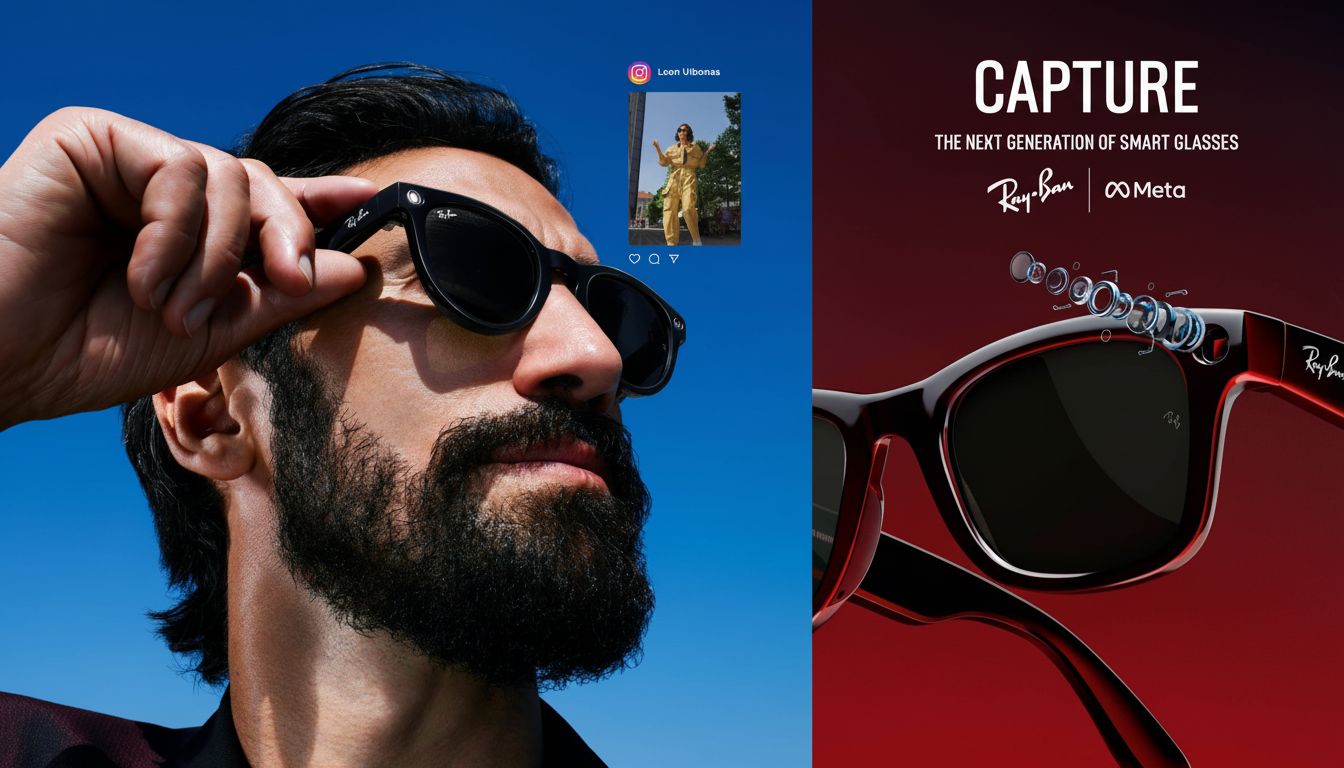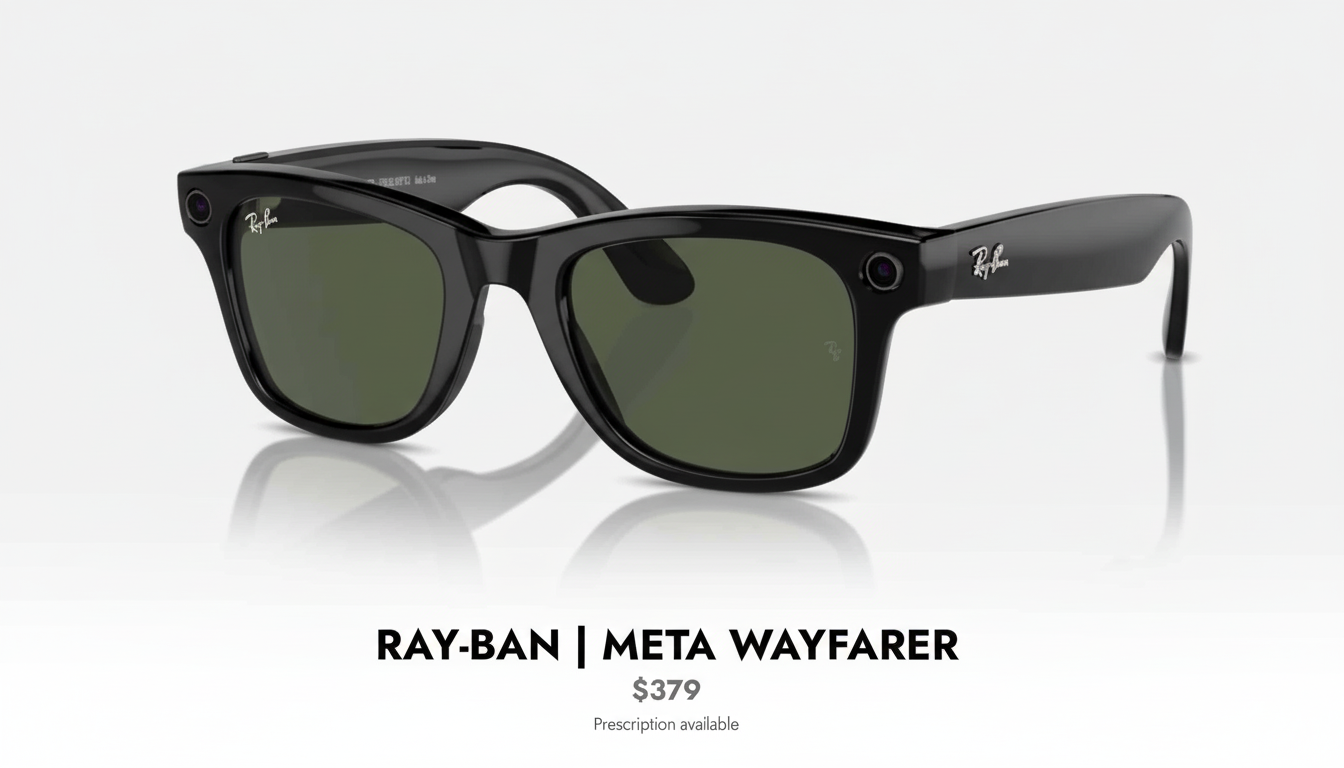Warnings from a San Francisco campus have renewed concerns around smart glasses and consent, after university employees informed students that a man might be using Meta’s Ray-Ban–style eyewear to record women without their permission and share the clips on social media. The episode underscores how a growing array of discreet, consumer-grade wearables can transform everyday exchanges into clips and photos that you might not want making the rounds.
What Happened on Campus at the University of San Francisco
University of San Francisco staff told students that an unknown person was harassing women with invasive comments and inappropriate dating questions while wearing Meta-powered Ray-Ban glasses. Officials warned that the encounters could be showing up on platforms such as TikTok or Instagram, and encouraged anyone affected to report the encounters to campus public safety or use university channels to file a report.

No violence was reported, but the warning underscores a new reality taking shape on college campuses around the country: wearable cameras that resemble ordinary eyewear. Chances are you’ve seen other people’s smart glasses — just not quite like these. That would be the spotlight Meta is shining on its most recent collaboration with Ray-Ban, which combines cameras and microphones with customer-friendly software and voice-activated assistance for near-seamless capture.
Why Smart Glasses Make Consent Trickier
Meta’s Ray-Ban smart glasses are made for being spontaneous. They can record from the wearer’s perspective through hardware buttons or voice commands, capture photos and short videos, and even stream to social platforms. They have a tiny front-facing LED that’s meant to light up when you’re recording, and Meta’s guidance encourages users to be considerate of people around them and turn off the glasses if someone asks.
And in reality, those safeguards can break down socially, not just technologically. A small indicator light can get lost in the hustle and bustle of places like quads, gyms, dining halls, and student centers. Pressure from friends can also make it difficult for someone to confront a stranger — or even a classmate — who might be filming. The Electronic Frontier Foundation has observed that cameras’ portability and subtlety can help generate a gray area between passively documenting life and actively spying on it.
This tension didn’t begin with Meta. A San Francisco bar enacted a ban on early smart eyewear a decade ago, citing concerns about clandestine recordings, while similar debates have erupted sporadically around action cameras, smartphones, and body cams. The difference now is how closely capture is linked with social distribution and A.I. features, shortening that timeline from encounter to upload to virality.
The risk extends beyond clips. Last year, a report detailed how students had combined video from Ray-Ban smart glasses with publicly available facial-recognition tools to match faces with images of strangers. While that experiment was a rhetoric provoker, it depicts a real-life chain: an immediate recording out in the open, algorithmic identification, and an indelible digital record.
The Legal and Policy Gray Areas for Recording on Campus
State laws about recording conversations differ, although generally California’s wiretapping law requires consent to audio record confidential communications from all parties. This is true whether a school is public or private, and applies not only to campus buildings but also residence halls, classrooms, and student services offices. Even if filming is legally fair game in an open public space, universities may have conduct codes that bar harassment and unauthorized recording.

Social platforms add another layer. Large services say that content may not violate privacy, facilitate harassment, or single out private individuals for abuse. That provides potential paths for takedown requests if students realize they’ve been posted without consent. The ACLU and campus Title IX offices also recommend reporting behavior that appears to be crossing over into stalking or gender-based harassment, such as if it is repeated by the same person — online or in real life — or increased by others.
The larger backdrop is public concern over widespread data collection. Polls conducted by the Pew Research Center have consistently found large majorities of Americans are worried about how companies collect and use personal information — a concern that is also beginning to spread over photos, voiceprints, and other biometric identifiers collected in everyday places.
How to Identify and React to Covert Filming
Practical steps students and faculty members can take include:
- If you see eyewear with a tiny lens on the front frame and a white light flashing, the user is likely recording.
- It’s fine to ask, politely and firmly, “Are you recording? Please stop.”
- If the person declines or you don’t feel safe, walk away and call campus public safety.
- Note the time, location, and description, plus any information about where footage might have been uploaded.
If you end up online without your permission, screen capture all of it, note the account handle and links if possible, and leverage mechanisms built into the platform by filing a report for privacy or harassment violations.
Colleges can also provide clear policies, visible signage in sensitive locations, and training for staff to de-escalate and document incidents with the aid of wearable cameras.
What Meta and Ray-Ban Need to Do Next to Protect Privacy
Manufacturers can mitigate harm by making capture states unambiguous. Larger, brighter indicators; audible cues that cannot be disabled; more determined enforcement against obscuring LEDs; and by default restrictions on recording in what are supposed to be safe spaces would all help. Transparent audit logs in the companion app could allow bystanders to verify quite concretely whether a clip was saved and when, and friction — such as a small delay before sharing — might discourage impulsive sharing targeting strangers.
Meta’s community standards already warn that not everyone wants to be recorded. In the university context, that reminder requires muscle: clearer on-device signals, stronger default privacy, and fast-tracked reporting steps for takedowns if people are filmed without consent. Until then, universities are the ones on the front lines as they navigate between the promises of hands-free computing and what should be a fundamental expectation that students can walk across campus without turning into content.

